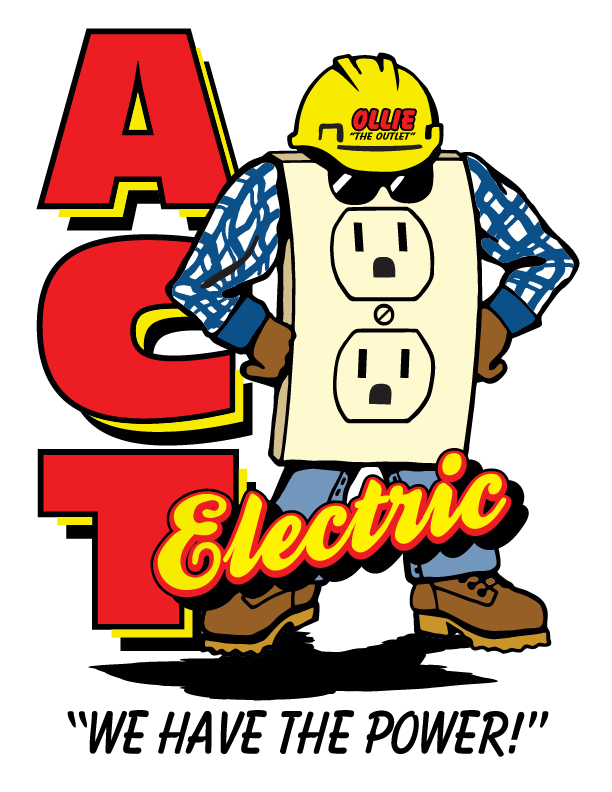Planning Electrical Upgrades-Part 2
In our previous blog, we offered some insight into creating an electrical needs assessment list. We're now focusing on more specific electrical needs you may want to repair or upgrade.
Outlets
We suggest making a small map of your home with indicators that show where each electrical outlet is in the house. If you find yourself perpetually inconvenienced by the lack of an outlet at the breakfast bar or wishing one or more of your outlets had a USB port, now is the time to mark that on your list.
While you're at it, make sure each outlet works, fit securely on the wall, and test all of your GFCI outlets and make sure that they don't need to be replaced. GFCI's will offer you great peace of mind when you catch your nephew playing with your tweezers near the outlet. If you have a senior or someone else with mobility issues, consider installing AFCI outlets.
Most people never notice the electrical outlet cover, but it can save a lot of problems for an outlet in the outdoors.
Light fixtures
Moving on to light fixtures, make sure that the ceiling-mounted fixtures are secure, and then check the wattage and bulbs. The kids or even former owners might have put a higher wattage bulb in their light fixtures than they were safely designed to handle. (Realtor's trick: brightly lit homes sell faster.) It only takes a few minutes to make sure this is not the case. Do you like the fixtures? Would you be happier with a different style or type? What about your ceiling fans? Make sure they don't wobble. Under counter lighting in the kitchen is always a great value.
Light switches
As you're looking over your fixtures, turn on all of the light and dimmer switches. If any of them are hot, it means electricity has built up in the switch; shut it off and call an electrician immediately. Note: a dimmer switch will be warmer if you have it to the darker setting; however, it should never be hot or smoke. Also, the old dimmer switches don't play nice with LED lights, so if you plan on using LED lighting and want to be able to use a dimmer, you'll need the LED-compatible dimmer switch.
Did the previous homeowners buy decorative switchplate or outlet covers and then remove and take them when they moved? Or are any cracked, loose, or missing? It would be best if you replaced the switchplates. You should do this right away for two reasons: first, it keeps moisture from getting into the wires. Second, it keeps you or your family members from getting an electrical shock.
Kitchen functions
The kitchen is a power-hungry room since it's home to many of the heavy-duty power users.
Review the functionality of the range hood fan and lights, the garbage disposal, the built-in microwave oven to be confident they're working. The outlets within six feet of the sink must be GFCI outlets. Now is the time to get a touchless or touch faucet, task lighting, and the outlets you need for appliances that come equipped with short cords. This is for safety, which makes them safe---except when the cord is too short to reach the outlet. Never use an extension cord in the kitchen! Add outlets, instead.
We hope this has given you some insight into the ways of assessing your electrical needs to create an overview of the direction you want your home to go for electrical upgrades. Call us when you're ready to start or want more ideas!
ACT Electric is a full-service residential and commercial electrical contractor company specializing in electrical installation, repairs, and upgrades, electrical troubleshooting, electrical remodeling, electrical home inspection, and electrical retrofitting. We always prioritize customer comfort and safety. Give us a call at (480) 986-1722 today!

